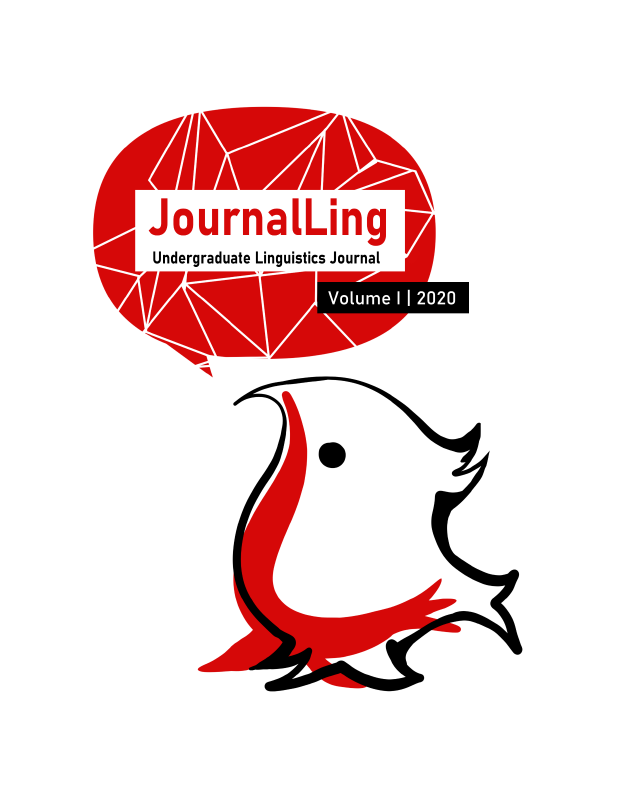Publié-e 2020-12-31
(c) Tous droits réservés Sijia Zhang, Gemma Huang, Yijie Yan 2025

Cette œuvre est sous licence Creative Commons Attribution - Pas d'Utilisation Commerciale - Pas de Modification 4.0 International.
Résumé
According to the Iambic/Trochaic Law (i.e. ITL), there is a universal
perceptual bias that a sequence of (non-)speech signals varied in
duration leads to iambic rhythmic grouping, whereas signals with
contrasting intensities result in trochaic grouping. While ITL has been
tested cross-linguistically in previous studies, it remains mostly
unexplored how ITL might be applied in tone languages such as
Mandarin Chinese, where native speakers may use their phonological
knowledge of tone sandhi in addition to duration and intensity cues for
lexical grouping. This study examines how Tone 3 sandhi cues interact
with duration cues, and to what extent both cues might influence
Mandarin listeners’ perception of grouping and prominence, as well as
naturalness judgement. In the experiment, participants hear streams of
repetitions of existing bisyllabic Mandarin words with manipulated
duration and with either the underlying Tone 3 or the sandhi Tone 2 on
each syllable. The results from all the three tasks suggest that the tone
sandhi cues are stronger than the duration cues in its effect on grouping
and prominence judgement. Duration does have some effects on
prominence, especially when duration cues agree with sandhi cues. In
terms of naturalness judgement, sequences with sandhi cues are judged
to be significantly more natural than sequences without sandhi cues.
However, our current results are insufficient for any conclusion
regarding duration’s effects on the naturalness rating.

